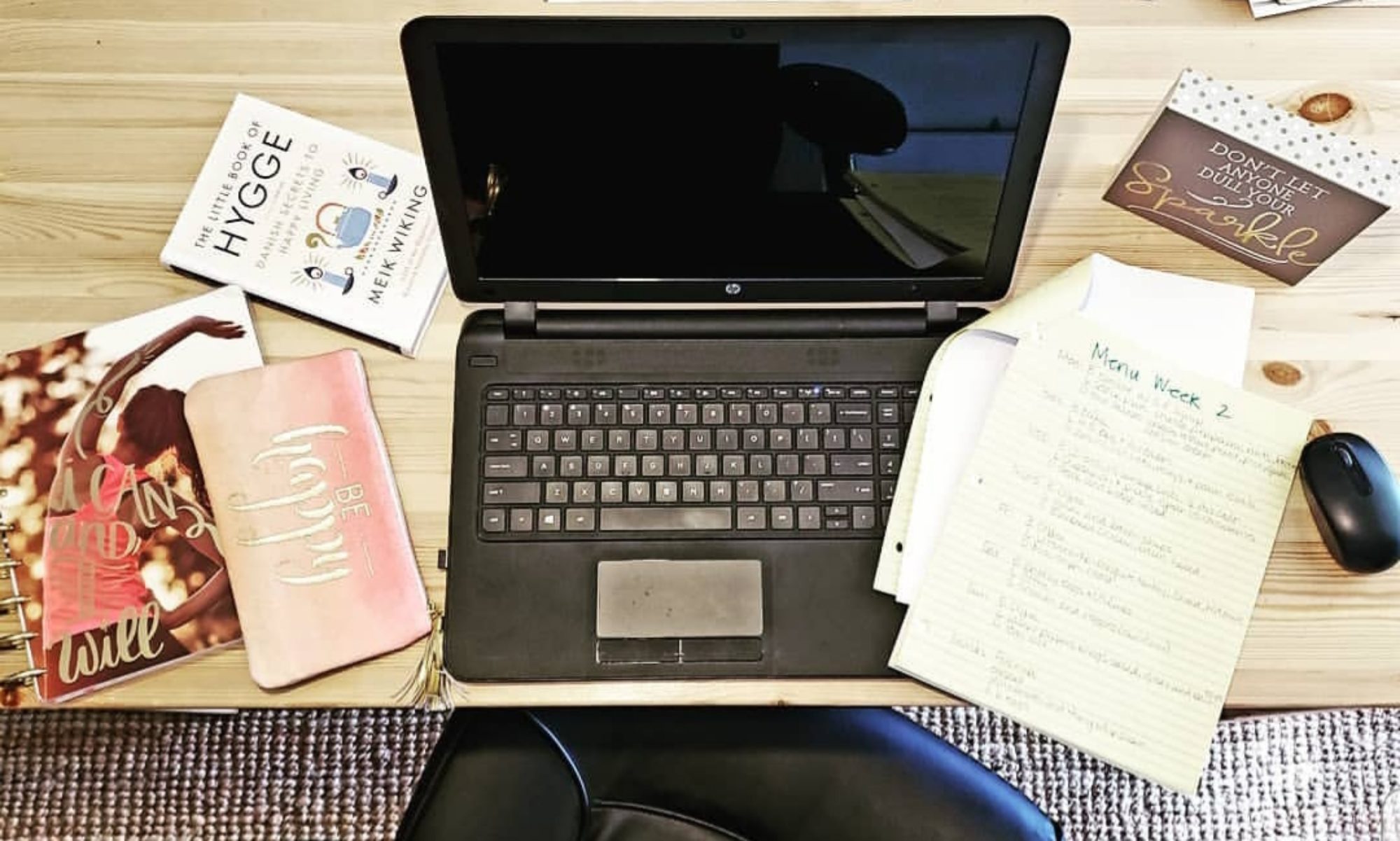When it comes to making money, the only prerequisite you need is a good idea. Adults aren’t the only ones with great ideas to make some extra bucks, kids have some pretty good ideas for their own side hustles. This creativity can help them with their earning potential clear into adulthood. A side job will also help them develop people skills, problem solve, and learn how to manage money once they’ve earned it. If you are stumped and want some help thinking of a few ways to make a dollar, here is a list of money makers that might spark your imagination.
Most of us probably had a lemonade stand in our front yard when we were growing up. Mowing the lawn, babysitting, and shoveling snow were popular ways to make some extra dough too. And after you completed the job, did you skip to the nearest candy store? Or did you save it for a new skateboard? Whatever your end goal, learning the value of a hard day’s work to get the pay was surely a life lesson that you still can live by. With a side job you can teach your kids this too.
Here are 10 easy side hustles for kids who want to make a buck.
Lemonade Stand

We are starting with this one because it works! Take advantage of your mom’s garage sale and set up a table by the entrance. Chances are she has already hung signs around the neighborhood, you just need to add one by the front of your table. You can earn more profit by selling bottled water out of a cooler too.
Donut Stand

Those early garage sale shoppers just might be hungery as well. You can add a few dozen to your display and sell them for a profit. I’m sure you will sell out in no time.
Dog Walking
A lot of people in your neighborhood work during the day and do not have time to take their dog for a walk. You could hand out flyers offering dog walking services. Learn leash laws. Be sure to take something with you to clean up their messes.
Dog Treats Sale

If you like to cook, maybe you can bake some dog treats and sell them. Kind of like a bake sale, just not as savory. @cozycook.com has a fun recipe for a homemade strawberry banana dog treat.
Doggie Dooty
Here’s another job people don’t have time for or just don’t like to do. They will pay you to come by once a week to pick up poo. All you need are gloves, double bags, 5 gallon bucket, and a scooper. You can bring some of your fresh baked doggie treats for the customers too!
Produce Stand

This was one of my kids favorites! Their Grandma had a huge excess of tomatoes from her garden every year. They would load up these yummy red veggies and sell them to all of the neighbors. If you grow a large garden, you can sell your home grown bounty up and down the block out of a little red wagon. If you don’t normally grow a garden, it might be a fun family project to start. Here is a post from @growingfamily.com on how to garden with children.
Recycling Cans
Your child can earn some money by collecting aluminum used cans. Ask friends and family to save their cans and you can help your child pick them up once a week. What a great way to teach them all about the recycling process and how important it is to our world. Here is a great teaching idea about recycling from @learningmole.
Make YouTube videos
My grandson loves watching YouTube videos of other kids playing with toys. Some of the videos are of people opening toys and giving their opinions of it. As silly as this sounds, it is the new craze. Everyone is doing it! These kid entrepreneurs are making tons of money with these side hustles largely through sponsored videos and affiliate links.
If you are worried about your children being on Youtube, they can still do this without showing their faces. There are various child Youtubers who do not show their faces – they just focus the camera on the toys.
Yard Sale
When it’s time for some spring cleaning, help your child go through his own toys, games, and clothes to find things that he isn’t using anymore and sell them. Separating, organizing and then selling can be a great cleaning project to do with you child.
Selling Used Books
While you are getting things ready for the yard sale, begin collect all of the books that you have outgrown or no longer read. Use an app like Bookscouter to see which ones are worth something and then sell them on Amazon or eBay. To boost up your inventory of books, go to other garage or yard sales, or used book sales at the library. I love to find gently loved books at the thrift stores too. Here is my post on Amazing Thrift Store Finds. And My Favorite Secondhand Stores in St. Louis.

Side hustles are a great way for kids to bring in some spending money. As they learn the hard work it takes to make money, they also learn the value of a dollar. These jobs are perfect for kids to obtain responsibility skills as well as to take pride in themselves. ~ Susie Pea
“We are a participant in the Amazon Services LLC Associates Program, an affiliate advertising program designed to provide a means for us to earn fees by linking to Amazon.com and affiliated sites.”

























































